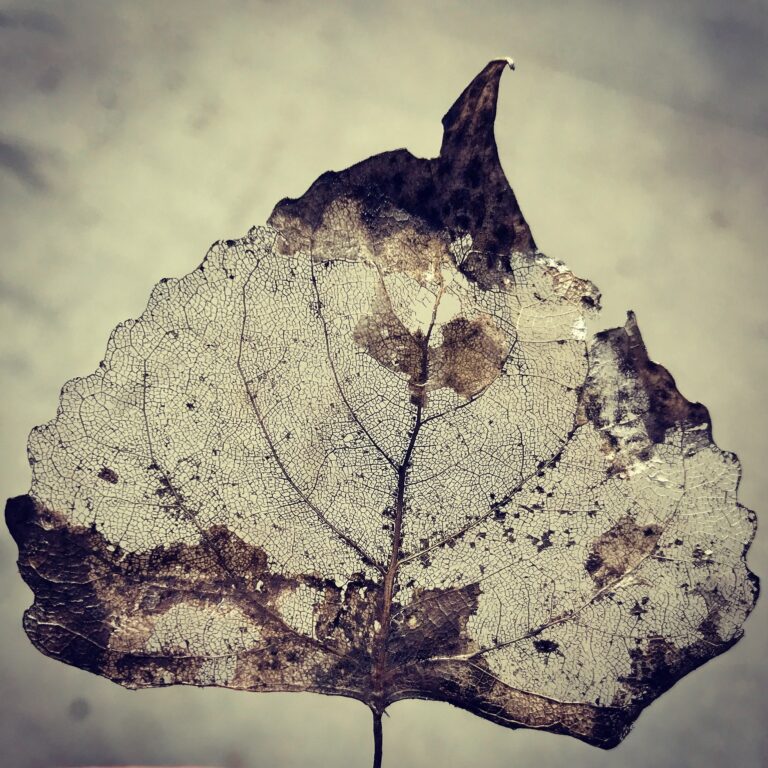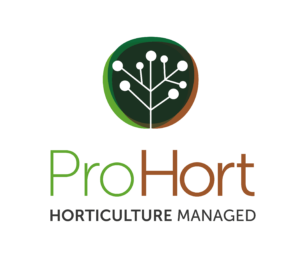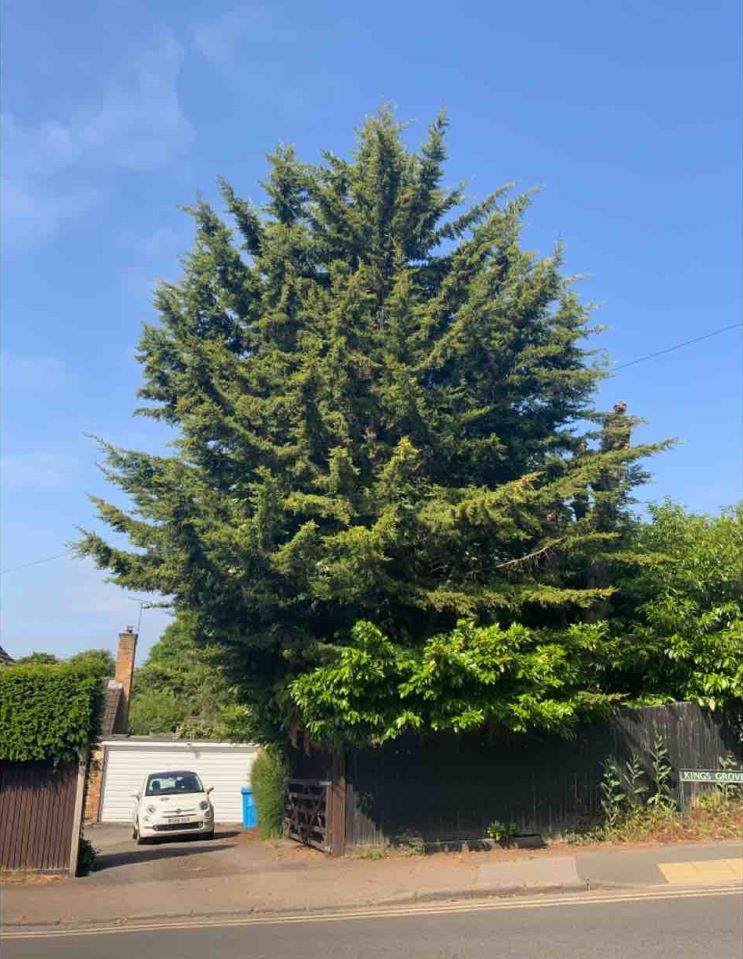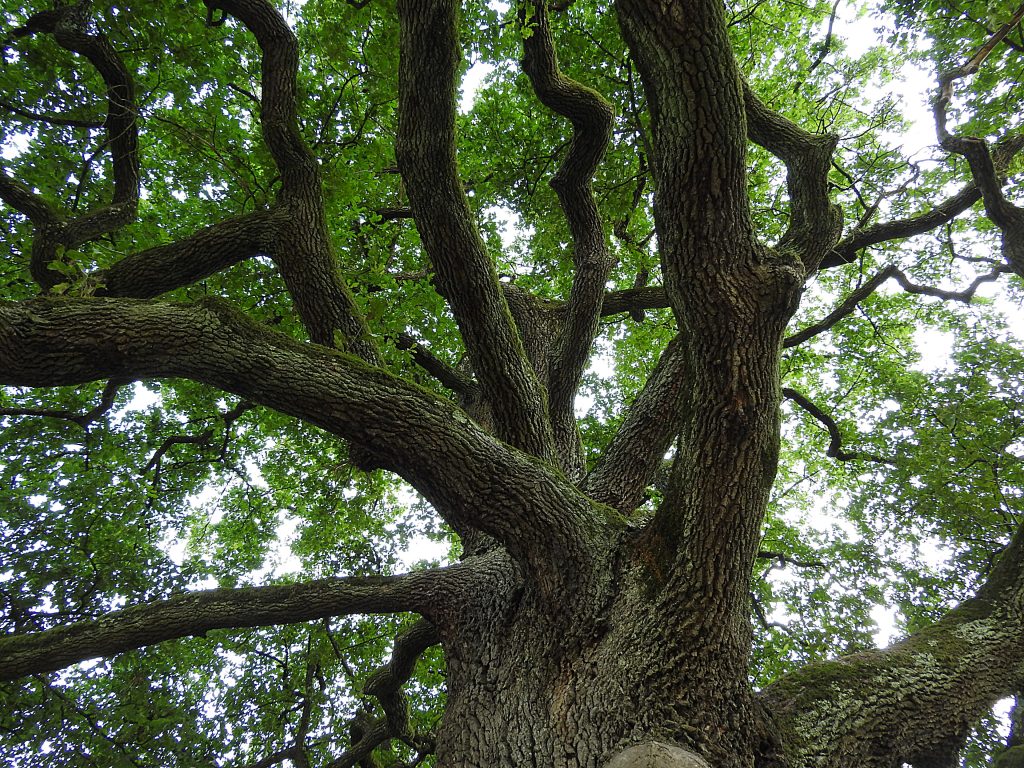Tree Root Damage Survey
What is a Tree Root Damage Survey?
A tree root damage survey is designed to look at whether a tree has caused physical damage to either a property or other hard landscaped areas. This may include; foundations, underground pipes, walls, fences, tarmac, concrete or paved areas etc. A tree root damage investigation is particularly relevant if you are trying to identify if your tree or a neighbour’s tree has caused the damage.
We can also look at the potential damage a tree may cause in the future. This is a particularly useful survey for property management companies.
Who has a Tree Root Damage Survey?
The Tree Damage Assessment takes two different avenues, firstly the actual physical damage caused and secondly the potential damage a tree could cause in the future. As such we often have two different groups of people looking for a Tree Root Damage Survey – those who are sure a tree has already caused damage and those who are concerned a tree may cause damage in the future, (this maybe their own tree or a neighbours tree).
Our ‘Potential Tree Root Damage Survey’ is typically useful for the following three types of client:
- Homeowners who want to plant trees near a property.
- Property Management companies where they are responsible for the ongoing maintenance of a site.
- Landlords or homeowners that are concerned about a tree planted by a neighbour and its potential to cause damage.
For Property Management companies this type of survey can help tick your H&S box for trees especially if it is in connection to a ‘Tree Health Survey’.
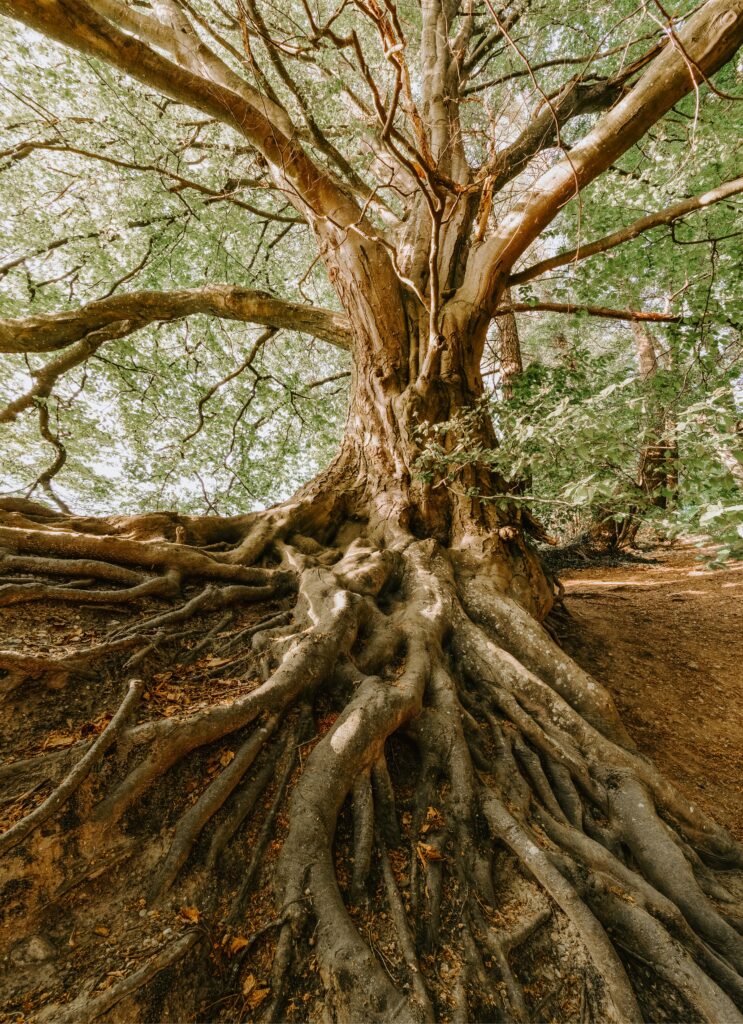
What if my Neighbour Accepts No Liability?
Our reports are perfect if a neighbour’s tree has caused damage to your property fences and boundary walls. They are factual, simple to understand and clearly show where the liability is. We can also include accurate estimates for many types of remedial work.
If the neighbour fails to compensate you for the damage caused by their tree, we can write a Part 35 compliant report. This type of report is written in a way that is acceptable to the courts and will be needed by your solicitors if you decide to take the adjacent land owner to court.
Contact Us
For further advise or to book a Tree Root Damage Survey please ring us on 01782 479479 or contact us by email.
We are here to help so please do give us a ring any time as the phone will usually be answered between 7am and 9pm Monday to Friday and 8am to 8pm Saturday and Sunday.

